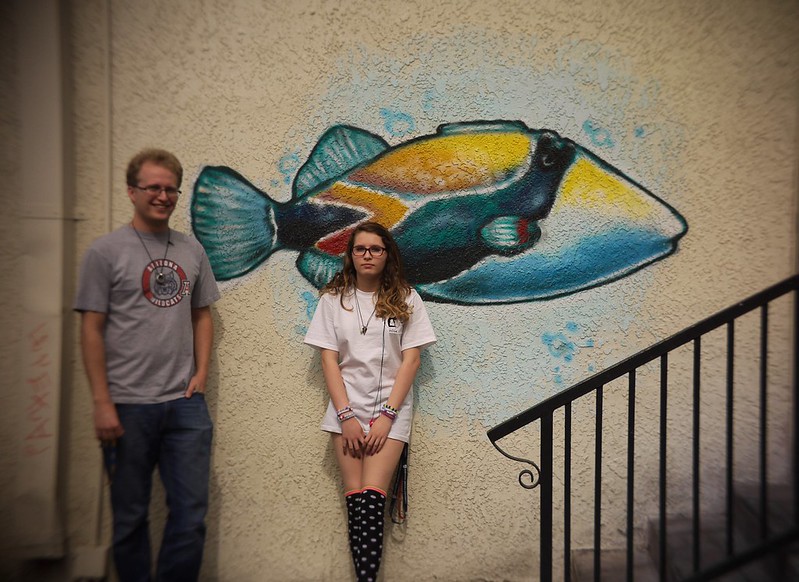Plenty. Vignetting is caused by using too short a focal length lens for the needed coverage. 35mm to 50mm is just starting to be the focal length needed to cover a 35mm frame, with some designs. Some designs have more angle of view, and edge aberrations start later, than others. But I'd wager any lens longer than 50mm won't vignette. By 85mm you are using the center part of the coverage, and the "edges" are way off the frame.
Your question about lenses improving as they are stopped down is related to optical theory. They almost all do. It's just the way it works. But some designs are very sharp wide open, and the most noticeable change as you stop is depth of field. A Petzval for example, but there aren't any for 35mm (Sorry, the new Lomo is not a Petzval from the diagrams they advertise). But a Petzval has a very narrow angle of view. In the 1800s, a photographer would buy one that was much longer than you'd think you need, just so he could use the center section of the coverage. That way they avoided the edge aberrations. Today with LF people want the edge aberrations such as swirl. So they use shorter Petzvals than they would have in the 1800s. Opposite with small format. We want to have our cake and eat it too. We want short "wide angle" lenses that have no vignetting or edge aberration. That's been very hard for a lens designer to make.





